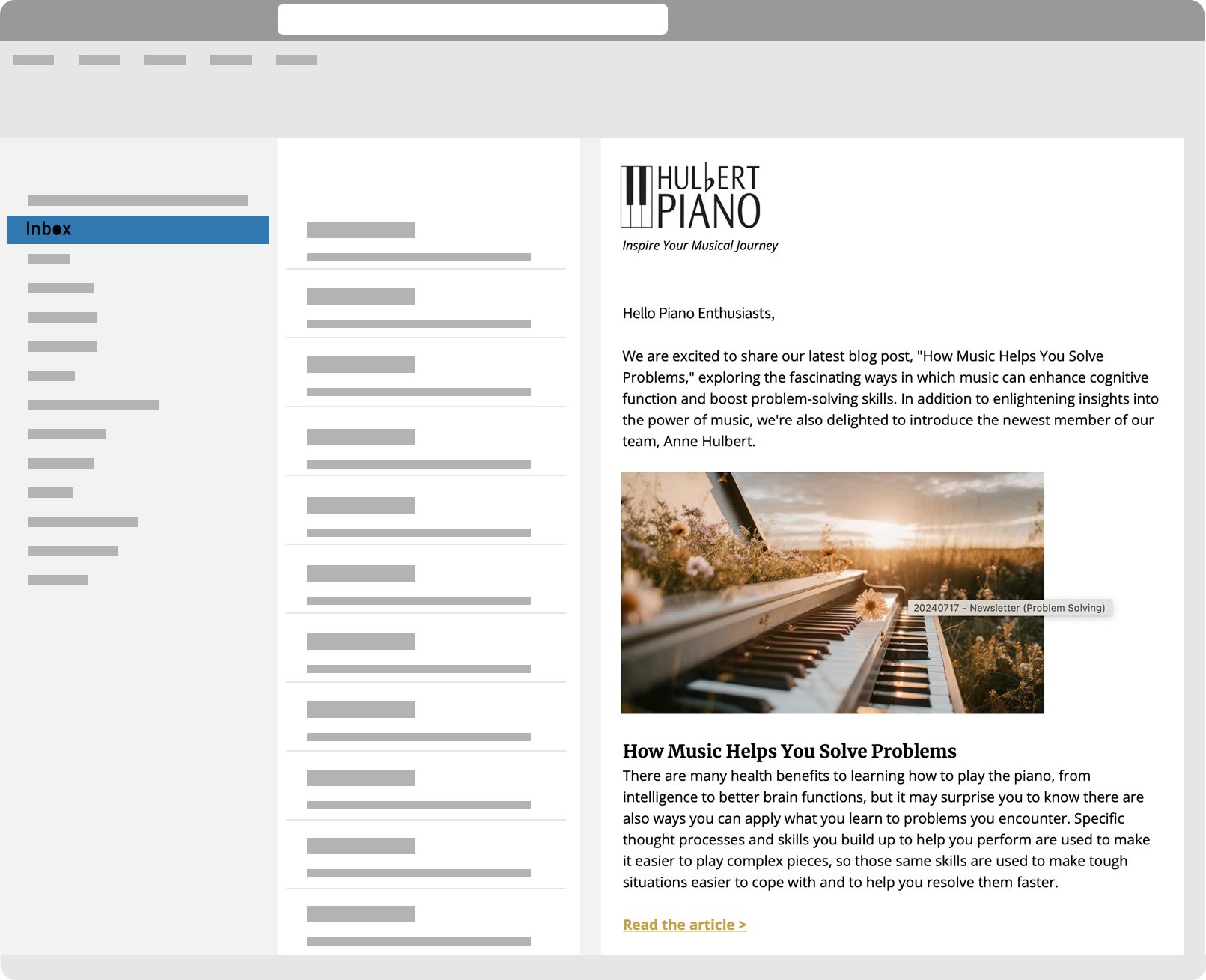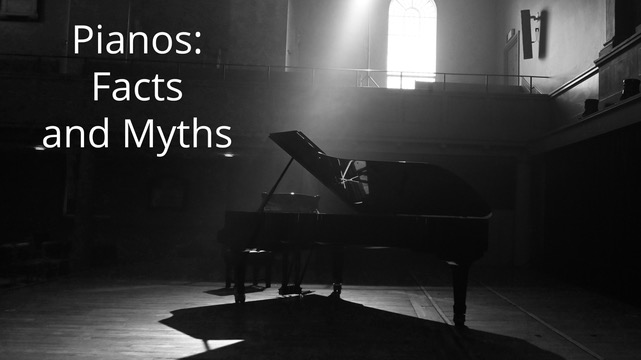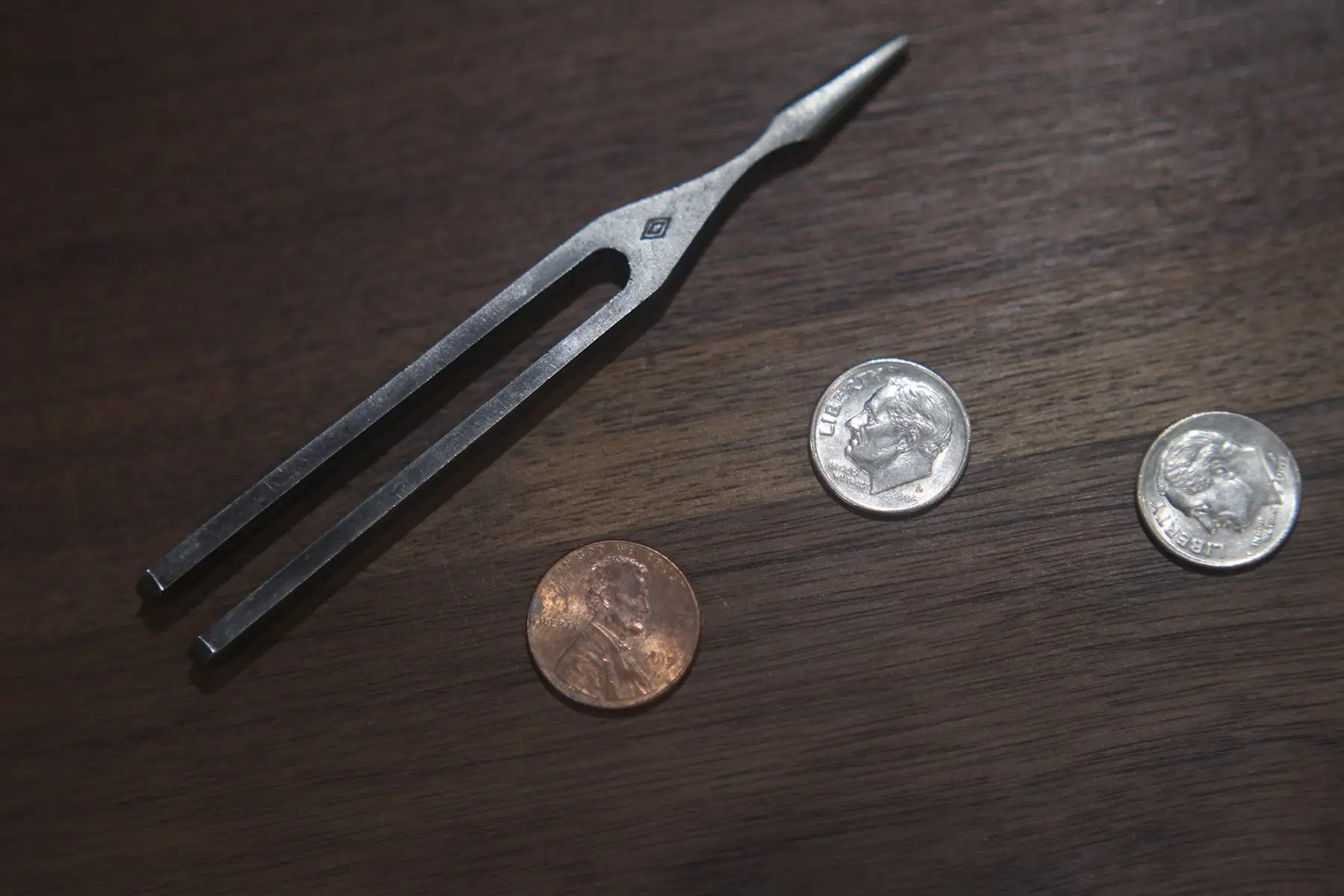It always pleases me when a new client selects us to service their piano. This was the case last month when a parent purchased a relatively inexpensive piano for their eight-year-old boy to begin lessons this fall. Sounds like a common scenario, but as we opened the lid, we found evidence of moth larvae eating away felt, pictured here. So unknowingly, these clients brought a used piano and unwanted pest guests into their home!
In Wisconsin, we have only two species of moths that damage clothes – the webbing and the casemaking clothes moth. The moths don’t eat or damage your clothes or piano at all, but their larvae do.
Unlike many other species of moths which are attracted to light, adult webbing and casemaking clothes moths like the dark. That’s the first reason they seek out a clothes closet or piano. The second reason is that their bouncing baby larvae require keratin to develop. Keratin is a protein found in your skin, hair, and fingernails. It’s also found in natural fibers that we get from animals including silk, leather, feathers, furs, and wool. And there is plenty of wool inside of a piano; hammerheads, damper felts, felt bushings and case felt.
Lesson Learned
It is always advisable to have a piano inspected by a qualified piano technician before purchasing and moving a piano into your home. This service call can save a lot of money and frustration. We offer this service for a nominal inspection fee. We also have a selection of used pianos that are fully cleaned, prepped, and worry-free at our store for purchase. Contact us for more information.






